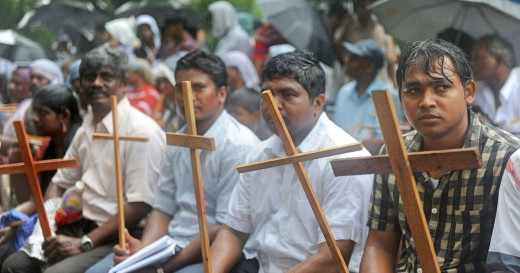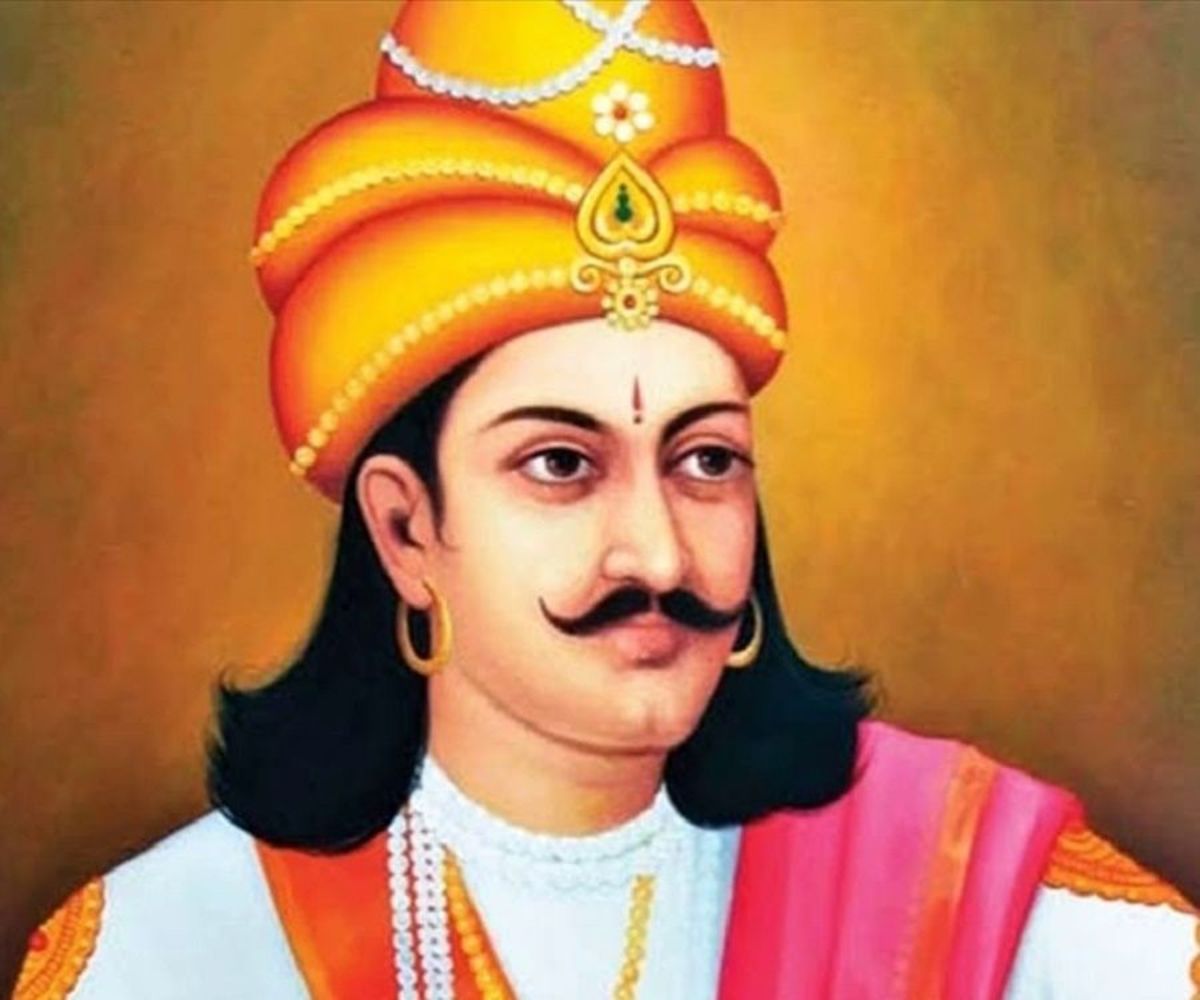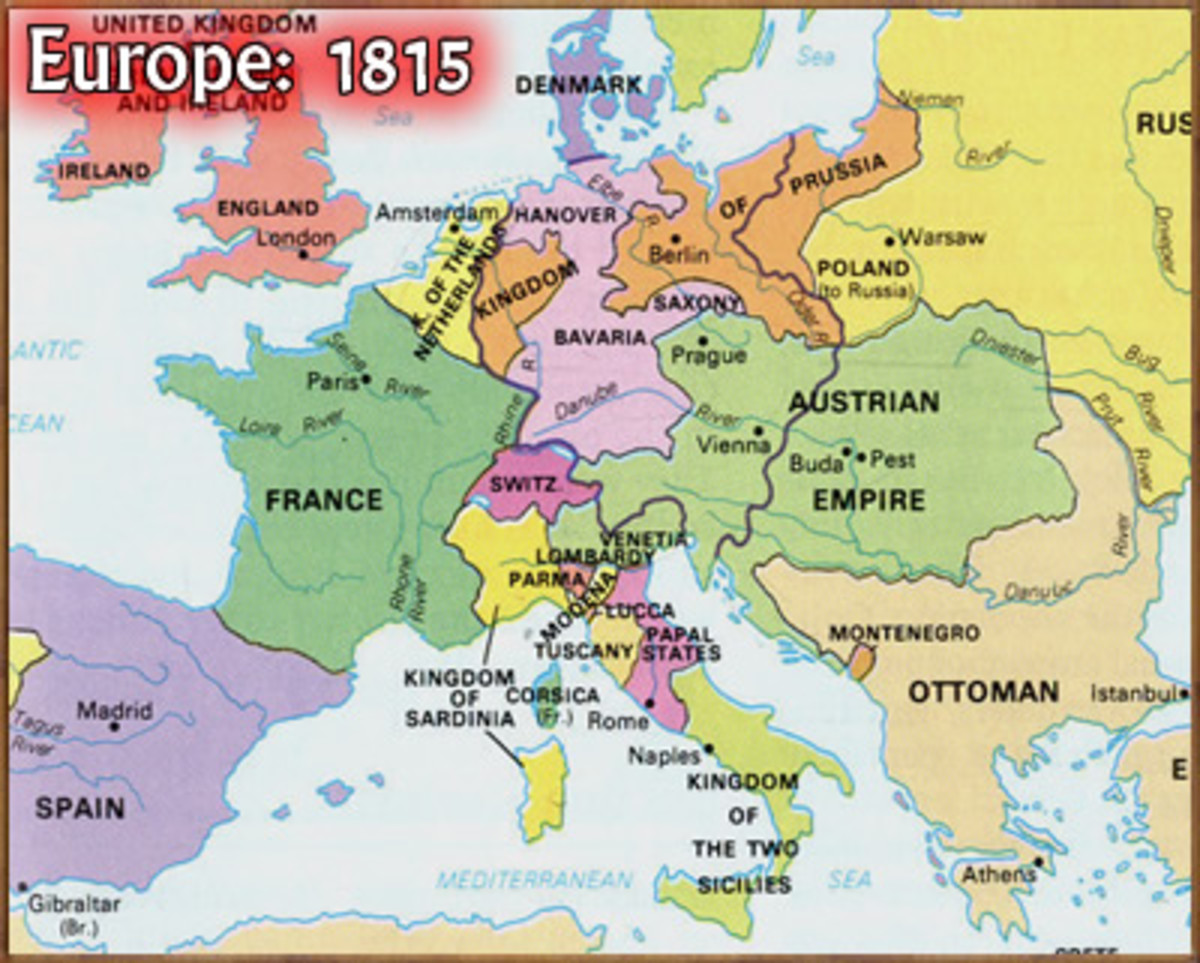The Catholic Faith Met its Waterloo in the Indian Sub-Continent

Background
Christian faith
In a discussion in a seminar on Christianity, many speakers brought out the fact that Christianity could not make a dent in people's belief in Hinduism. In other words, Christianity could not spread in the sub-continent. It's worth considering that despite Saint Thomas one of the apostles of Jesus Christ coming to India in 52 AD, that is almost 2000 years back the population of Catholics is not beyond 1.5% of the population of the subcontinent. This fact has to be examined in the light of almost 200 years of English rule as well. The English rule was partial to missionaries and they were allowed to visit places where other Indians were not allowed. As an example, there was the "Inner Line Permit" in the Tribal areas where Christian missionaries were given a free run. What was the "inner line permit?" It was a permit introduced by English rulers. The permit was required from the Deputy Commissioner to enter these areas.
One of the cardinal principles of Christianity is to spread the gospel. The Christian missionaries were eminently successful in spreading the gospel in the tribal regions of Africa and South America. In the subcontinent despite a Christian ruler in power ( The English)the missionaries failed in their attempt to spread the gospel. They could not convince the masses that Christianity is the path to god.
The missionaries had a free run in their attempt to convert the Hindu masses and tribals with the British in power till 1947. Despite all the facilities the missionaries ended up converting only a few lower caste Hindus and the bulk of Hindus did not accept the gospel. 1947 was a watershed in the history of India and the British government lost India. This was the year when the sunset on the British Empire and I'm afraid it's never going to rise again.
The retreat from the subcontinent was brought about by Adolf Hitler who severely weakened England that it just could not hold on to its colonies. Another reason was the Indian army could no longer be relied upon to uphold the English flag. In short, the victory in the Second World War was a Pyrrhic victory.
British rule and missionaries
The missionaries first came to India during the reign of Emperor Jahangir and Akbar. There is mention of Jesuit priests at the court of the Moghul rulers in chronicles of that period including the Akbar Nama. Earlier to that Saint Thomas visited India and died in Madras where a church in his memory is now a world heritage site. In the 16th century, St Francis came to Goa and died there. His body is embalmed and kept in the church there. Thus there was an interaction between the Christian missionaries and India but they could not sway the iconoclast belief of the Hindus.
During the almost 200 years of British rule, a lot of good took place as the British laid the framework of a modern nation. This also fuelled a nationalism that went beyond caste and religious lines. Indian leaders led by Gandhi channelized Hinduism as a form of nationalism. They and other notable Hindu leaders like Swami Vivekananda instituted a sense of pride in the culture of the sub-continent which was dominated by a vast Hindu population and minority Muslim believers.
The British were the paramount power and they allowed Christian missionaries to come to India. Their purpose was to spread the gospel and wean the Hindus and minority Muslims away from so-called Pagan beliefs. They came with the mistaken belief that they will "civilize" the people of the sub-continent and convert them to Christianity. The Pope allocated unlimited funds for the activities of missionaries to facilitate the conversion of the Hindus and Muslims to Christianity.
The Role of the Missionaries
To the credit of the missionaries, they spread out to the country and started many good things like schools and medical centers as they were flush with funds from the Vatican. They also began to give ample gifts of powdered milk and other trinkets and the people were told these were sent by Jesus Christ. This was a form of inducement but even the very poor did not convert.
This inducement by the church was the hallmark of conversion. It succeeded in Africa and America but the Missionaries failed to realize that India had a very ancient civilization and Hinduism had deep mystical and philosophical overtones. This failure to appreciate the inherent philosophy of Hindusim led them to flounder and their attempts to spread the gospel was an abject failure.
Failure of missionaries
Unlimited funds and food aid are not the recipes for conversion-not in India which had a rich Hindu philosophy. The missionaries made little headway in the subcontinent. But despite a vigorous thrust for three centuries, the missionaries could barely convert 2% of the population to the Christian faith.
The reason for this failure is simple. The local people were not impressed by the Christian concept of resurrection and Jesus as the son of God. They could see no reason to convert from a faith that was older by hundreds of years even from the birth of Jesus.
Reasons for failure
One of the reasons is that all the missionaries were whites. In Africa, the black man was overawed by the white man but in India, they appeared to the people as alien. The Christian god Jesus was thus associated with the white race and this by itself did not cut much ice with the most people in the sub-continent. Another reason was despite a concerted attack on Hindu ideals and philosophy the people felt that Christianity as a religion lacked the deep spiritualism of the Hindu faith.
This was a major reason and matters were not helped by some missionaries denigrating the Hindu gods without giving any reasons. Many people also felt the missionaries and the `Church never advocated the independence of India. They felt they were insincere.
One will recollect in America also the Church condoned slavery for over 150 years but not much is spoken about it now.
Last word
Another reason for the failure of Christianity is that the rulers were Protestants. There is a major difference in the outlook of the Protestant and Catholics.
The failure of the Church and Catholic faith to convert Hindus and Muslims to Christianity is a point for discussion. The history of India shows a reverse drain. Many Christians converted to Hinduism, but that is cause for another article. The Catholic faith met its Waterloo in India.

References
When one makes such an important statement that Christianity failed in India, it is natural that people will ask what are the references for this. There are many articles discourses and essays on the subject.
This research states that the first Hindus came to England about 200 years ago and now comprise almost 2% of the population. In comparison, the first Christian missionary came to India 2000 years ago, yet the Christian population is not over 2%. One can draw his conclusion from this statistic.
There is also an excellent book "Christianity's Scramble for India and the Failure of the Secularist" by Navaratna Srinivasa Rajaram. This is available on Amazon and gives an insight into why the Christian faith failed in its conversion bid in the land of the Hindus.








